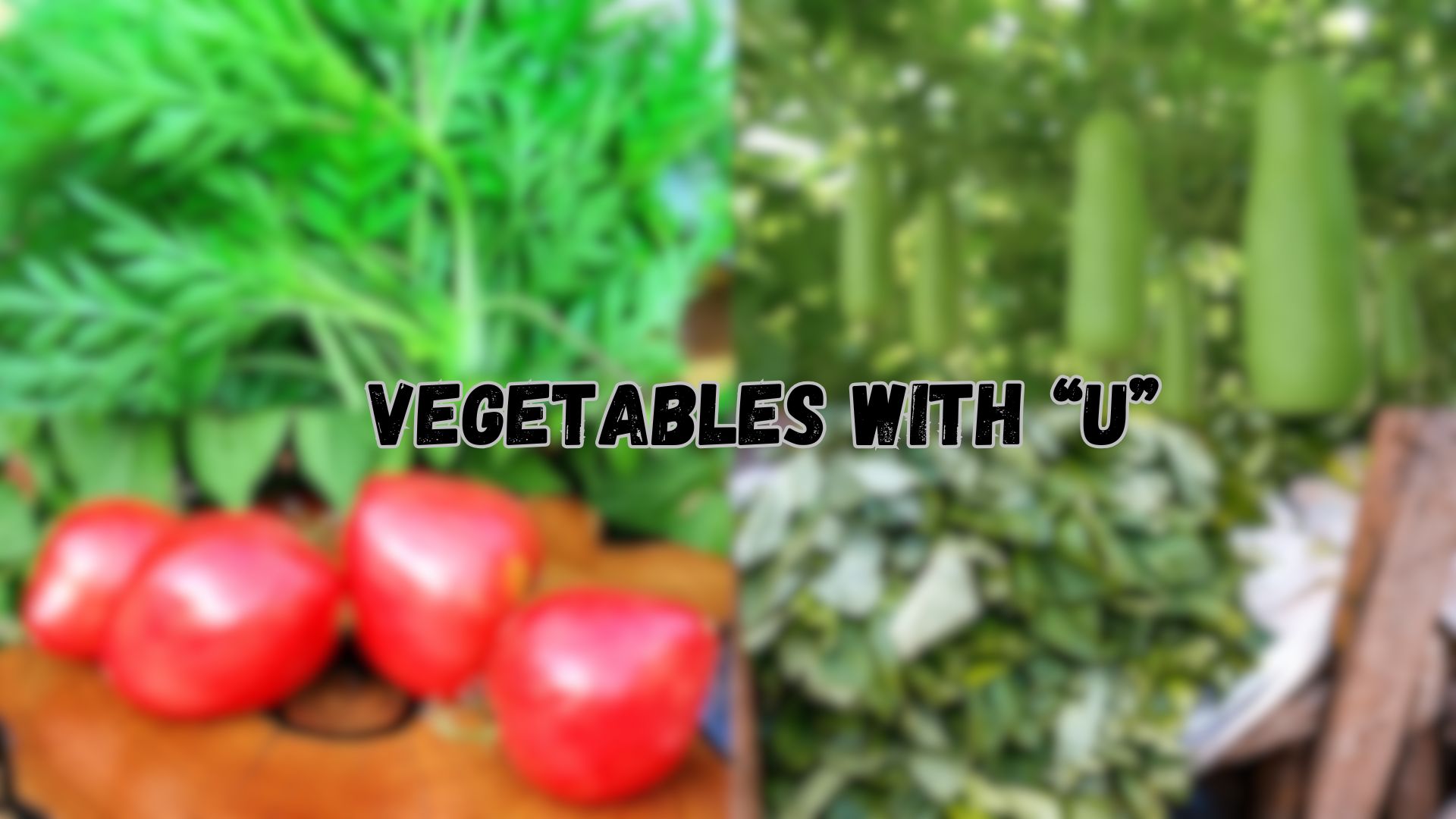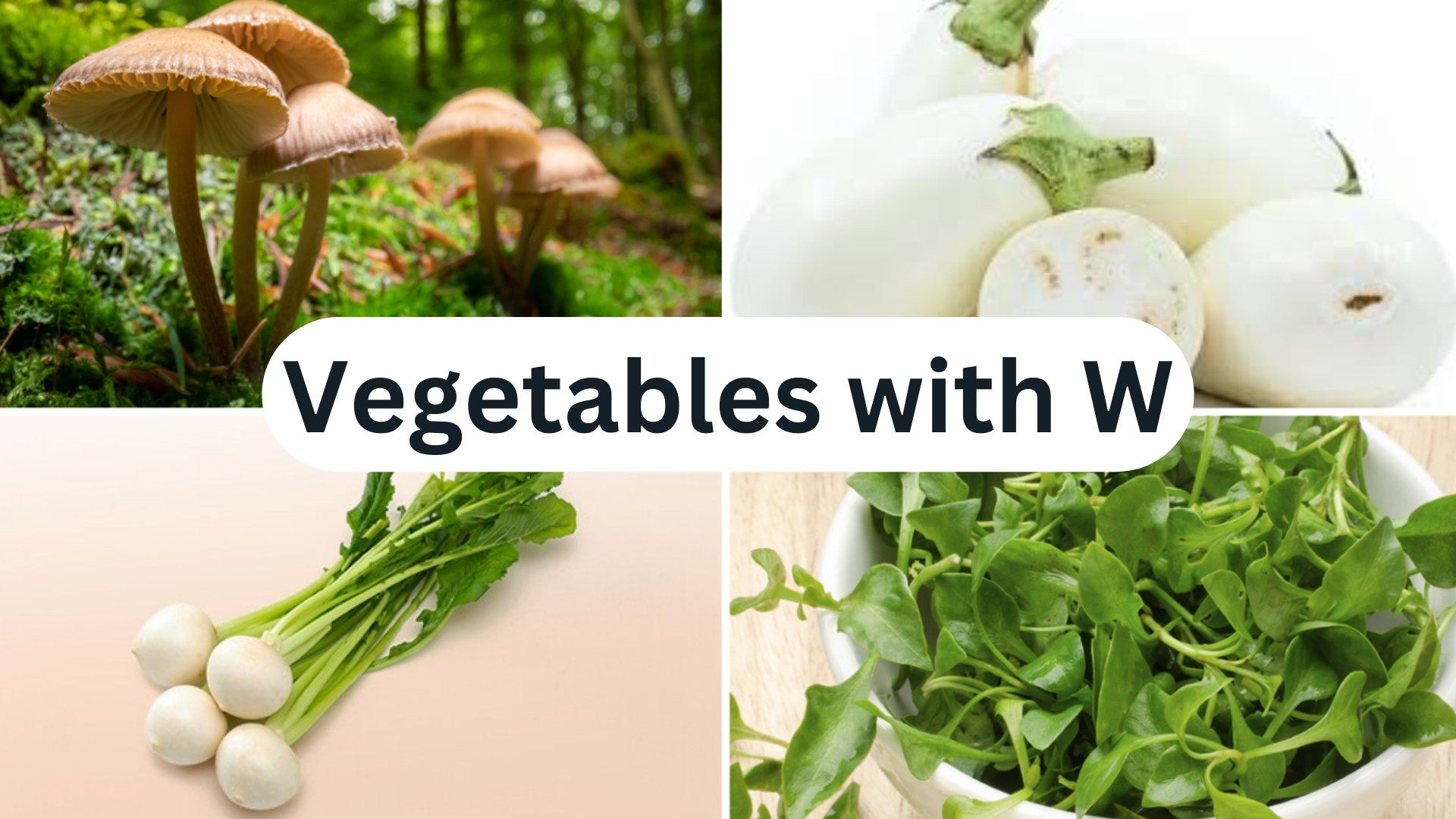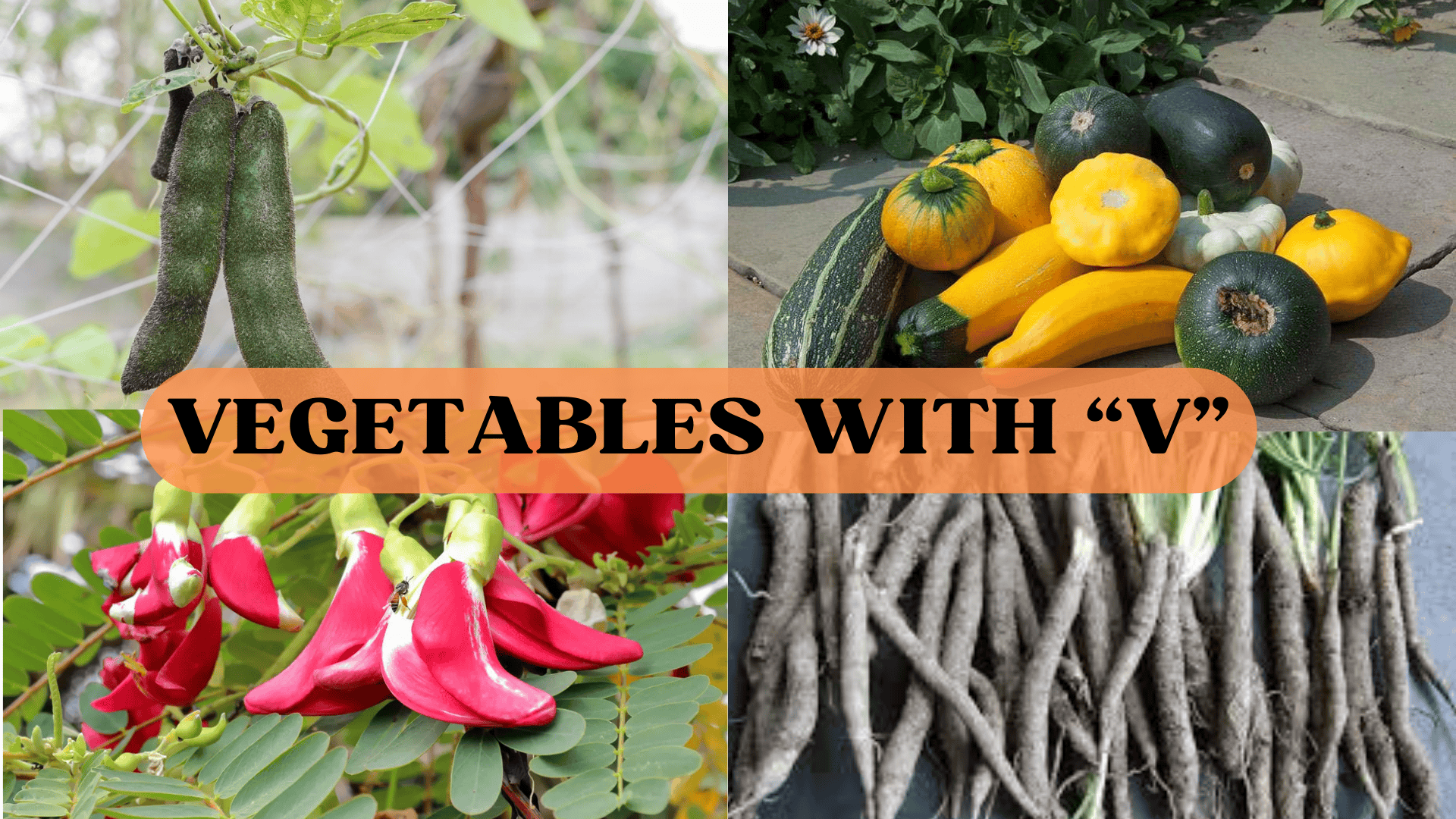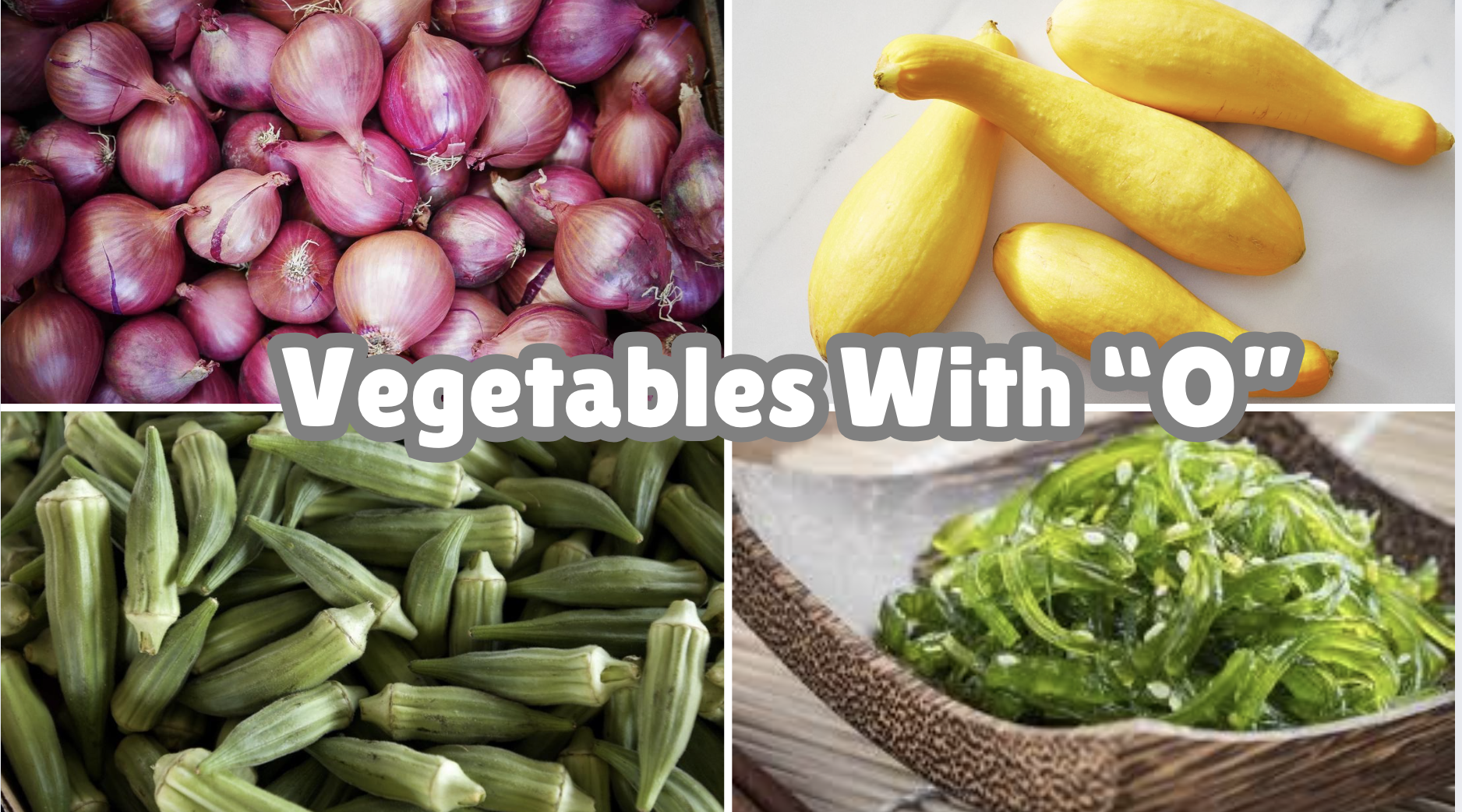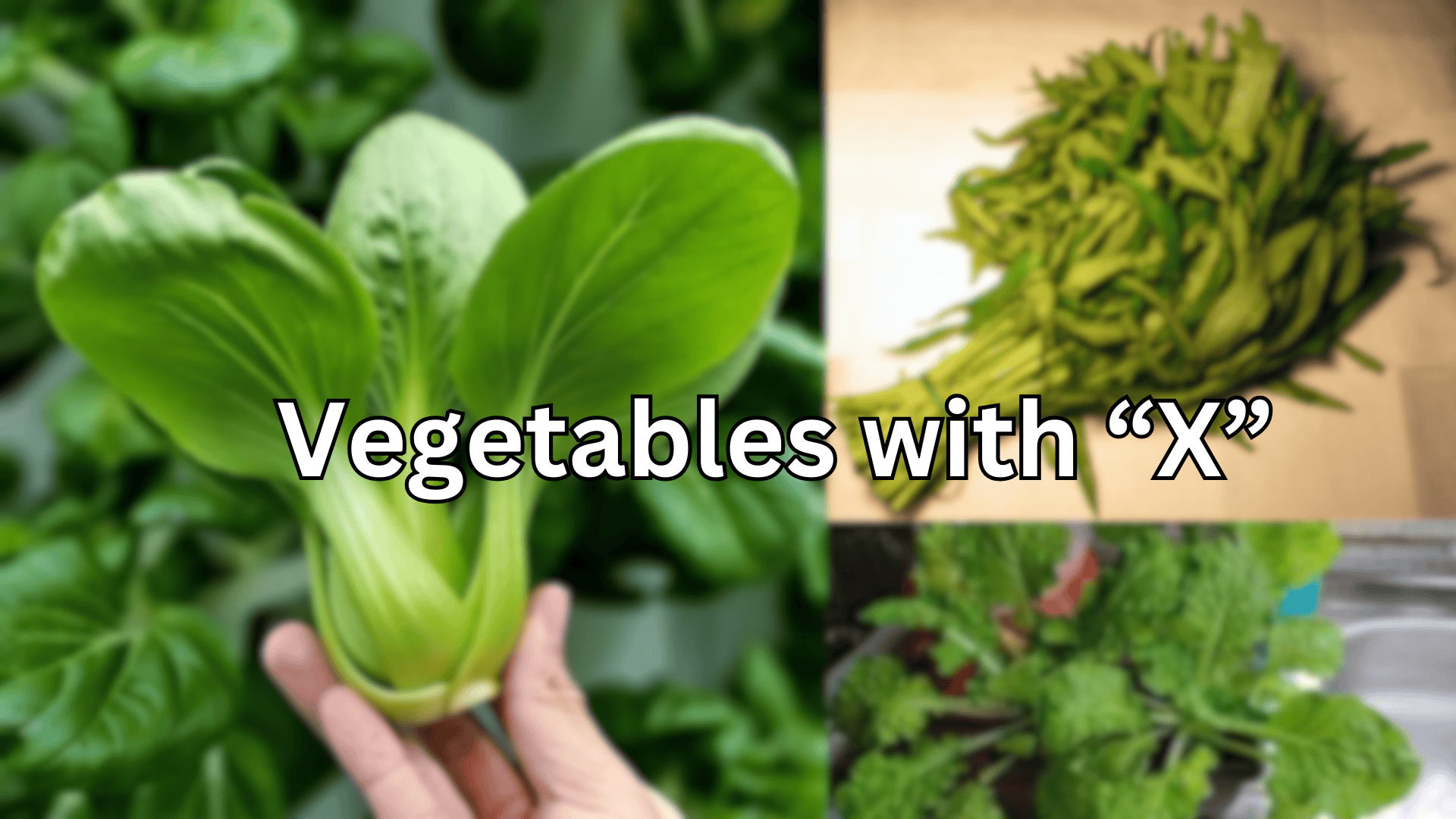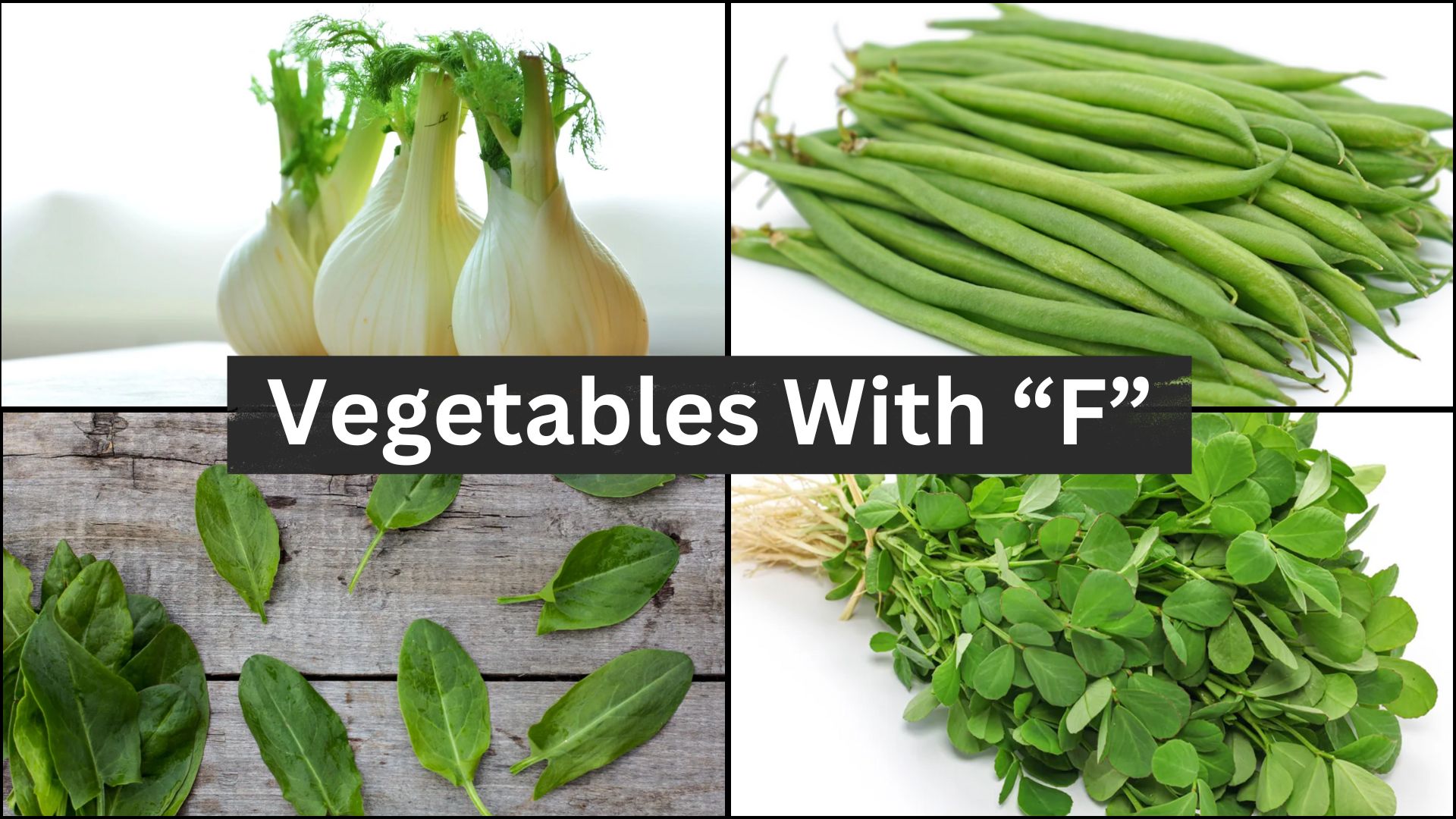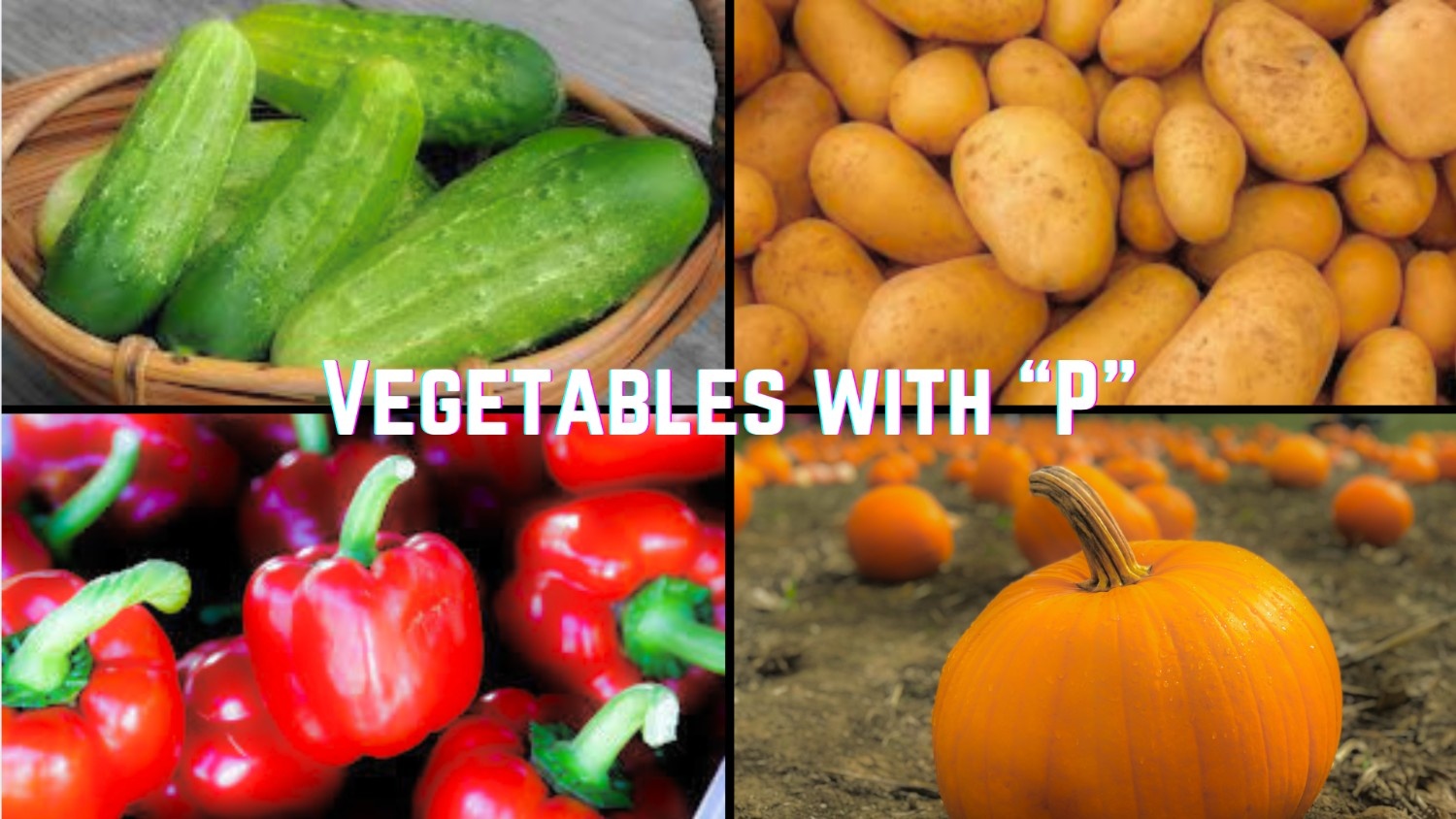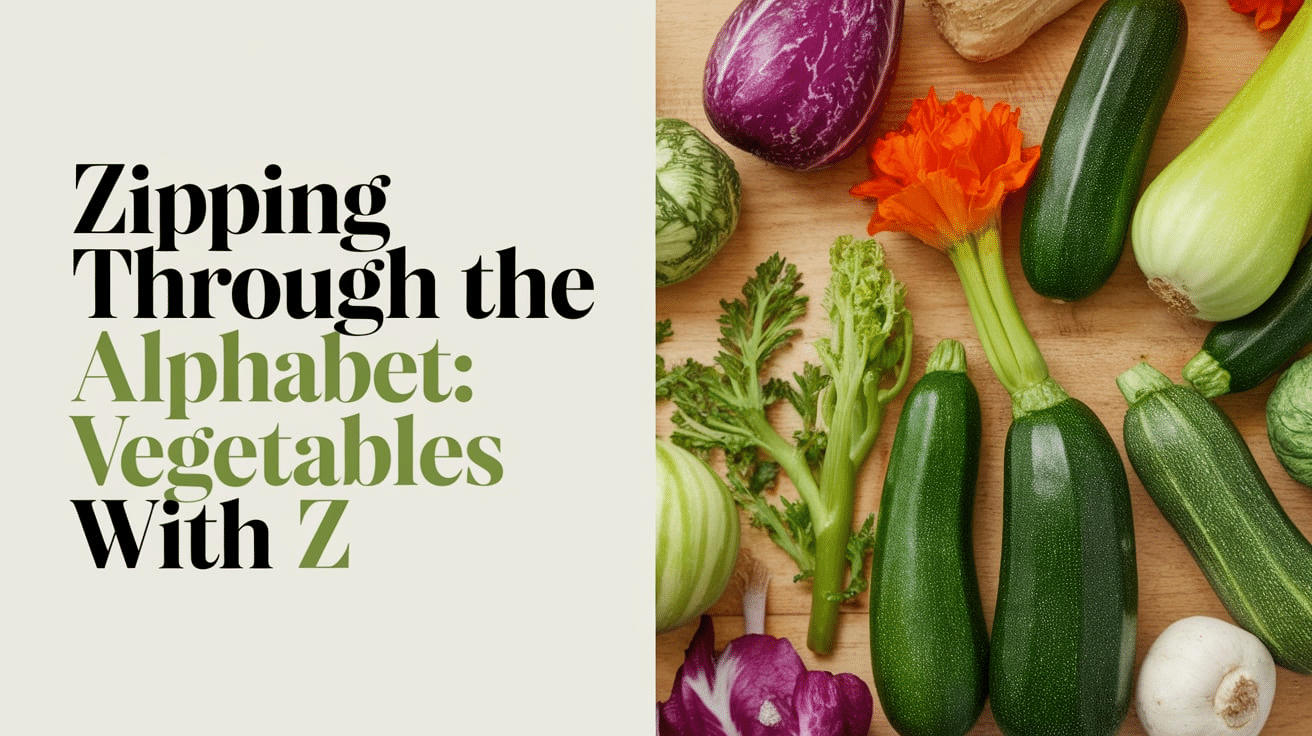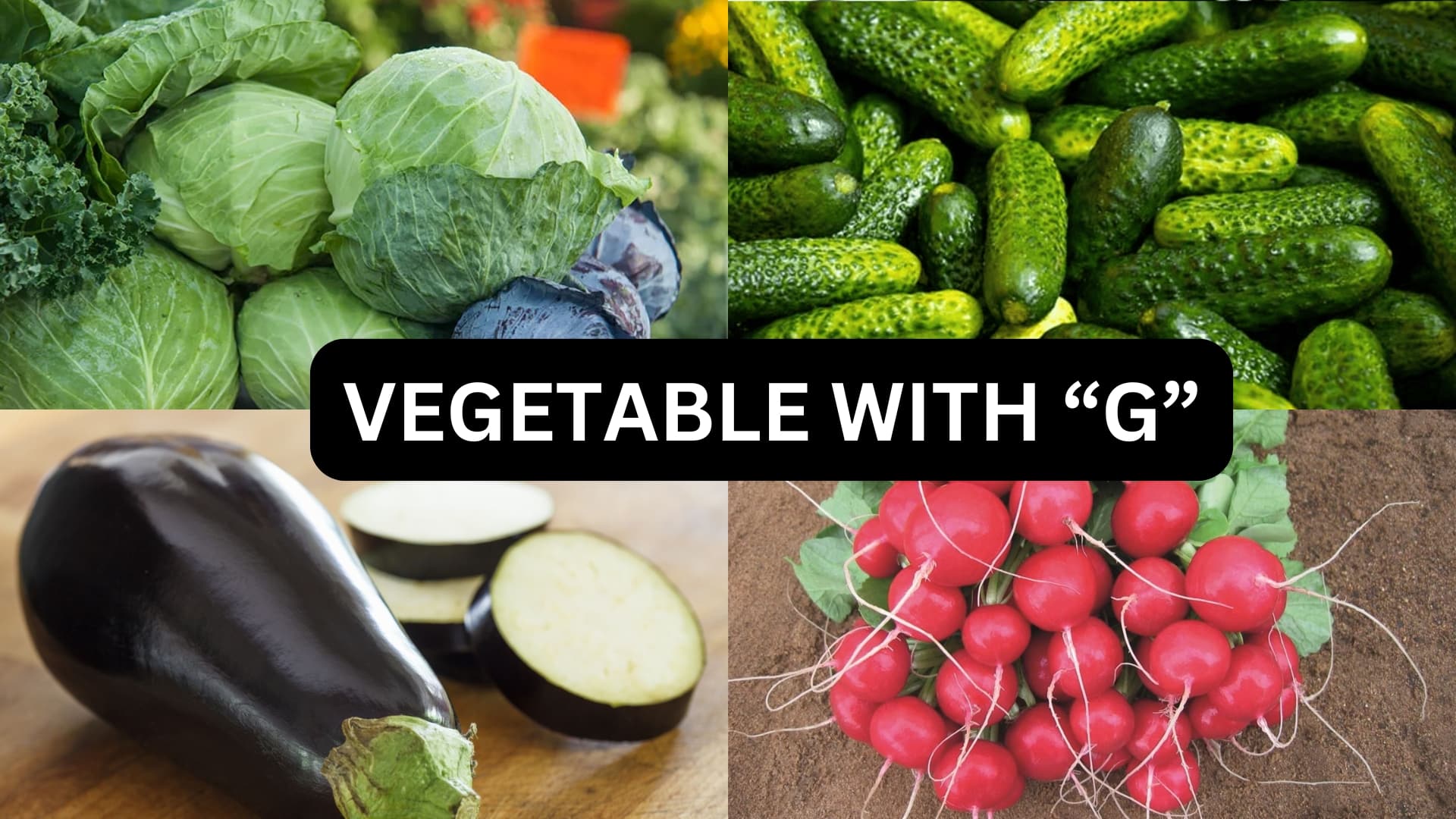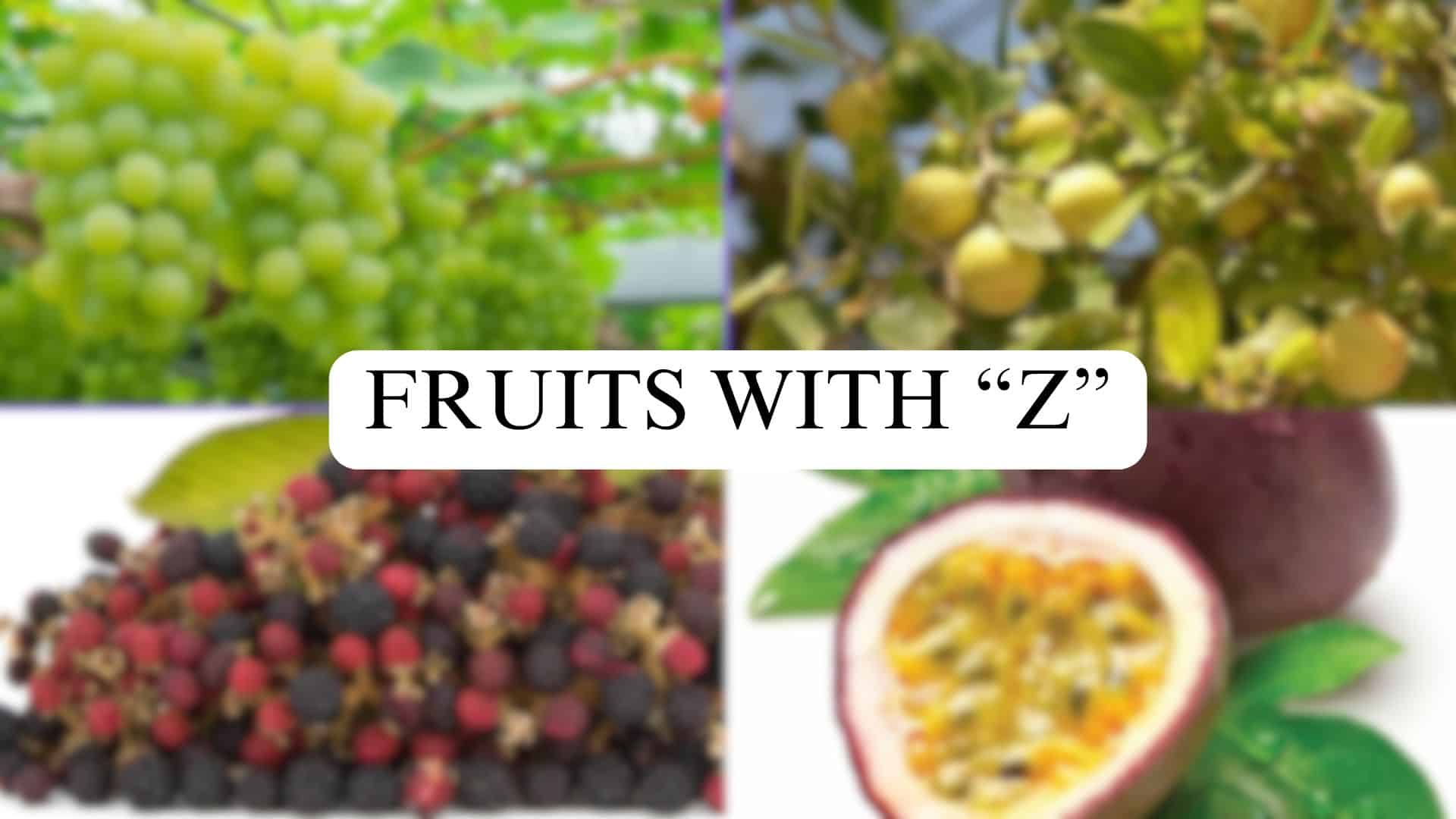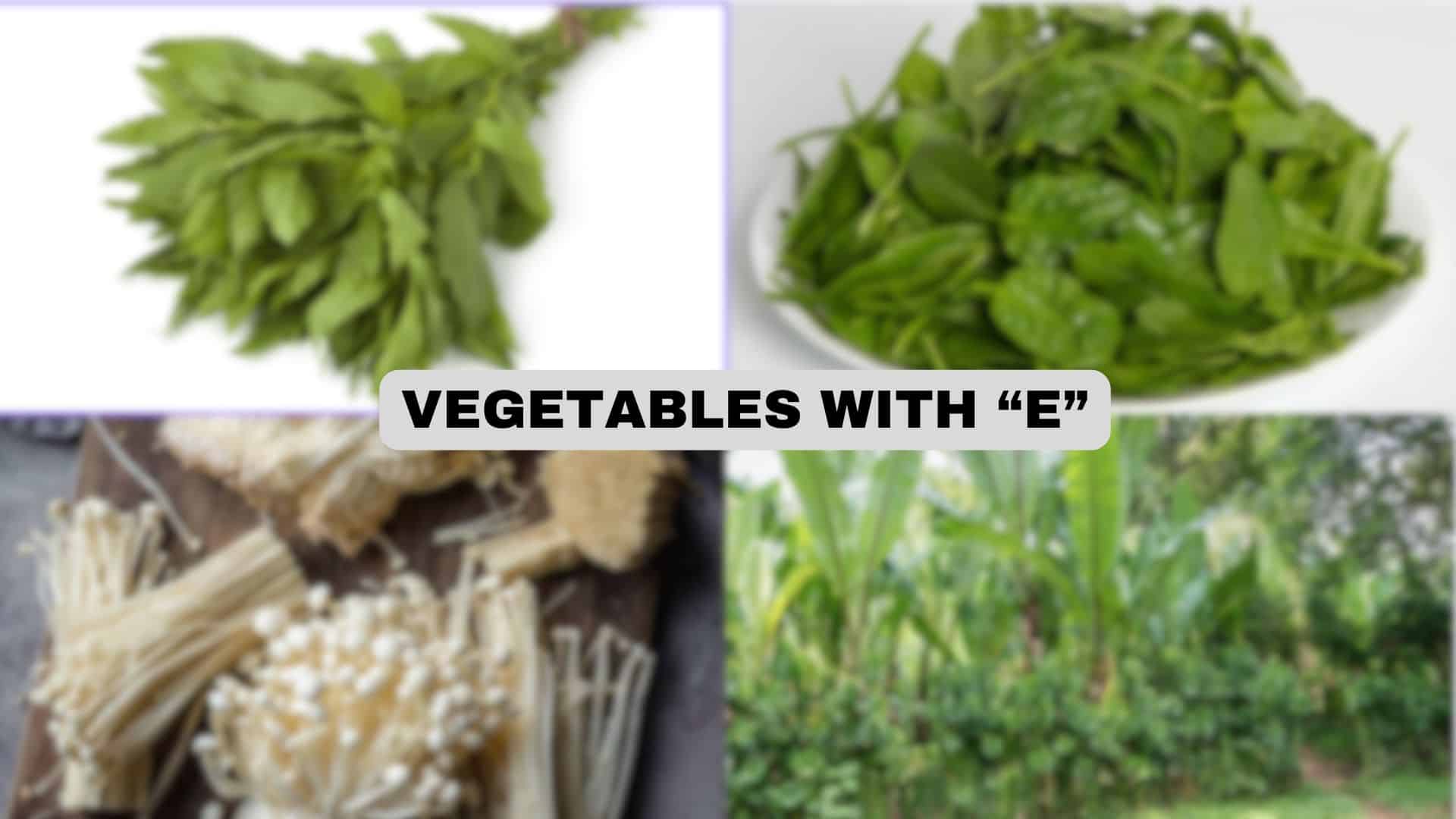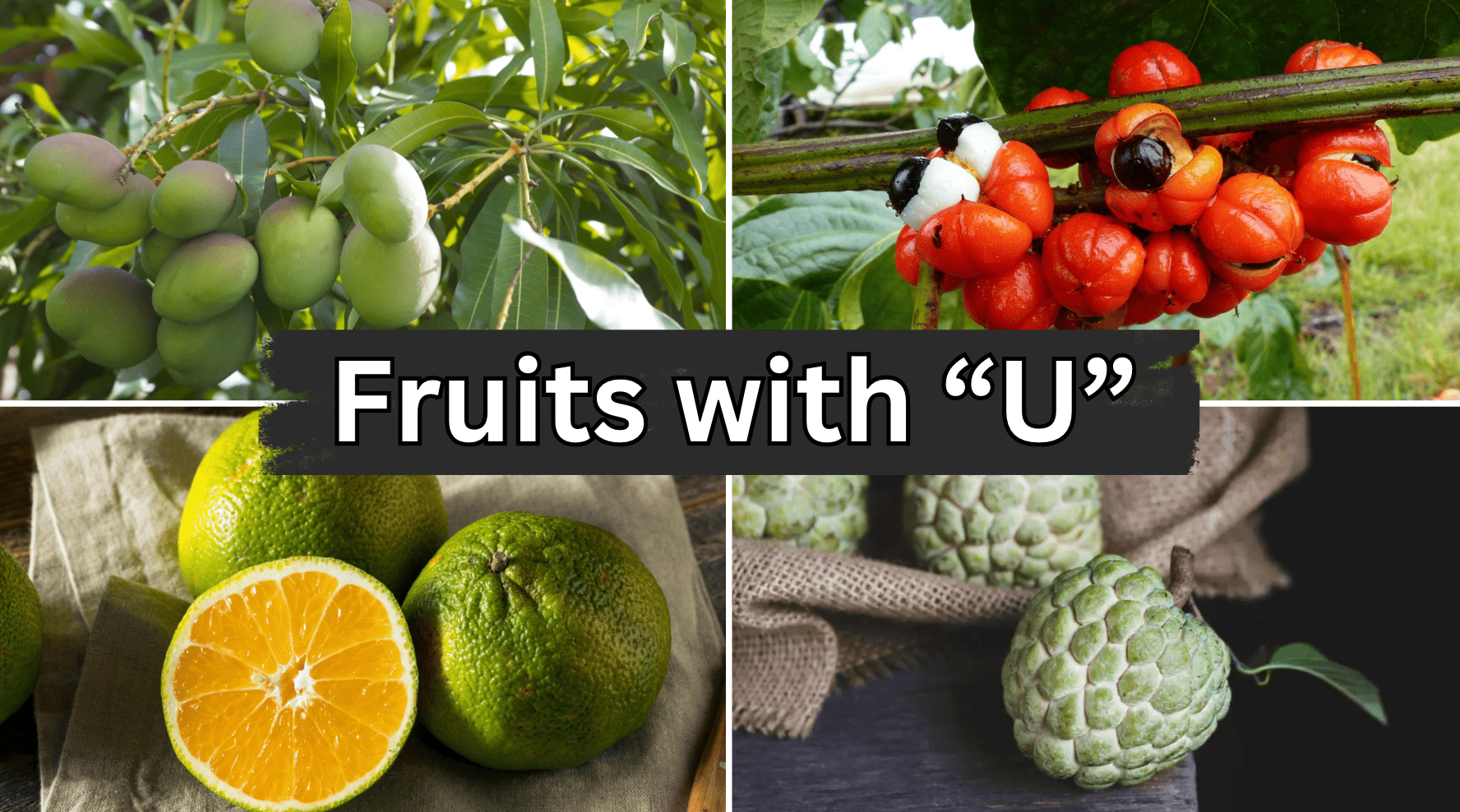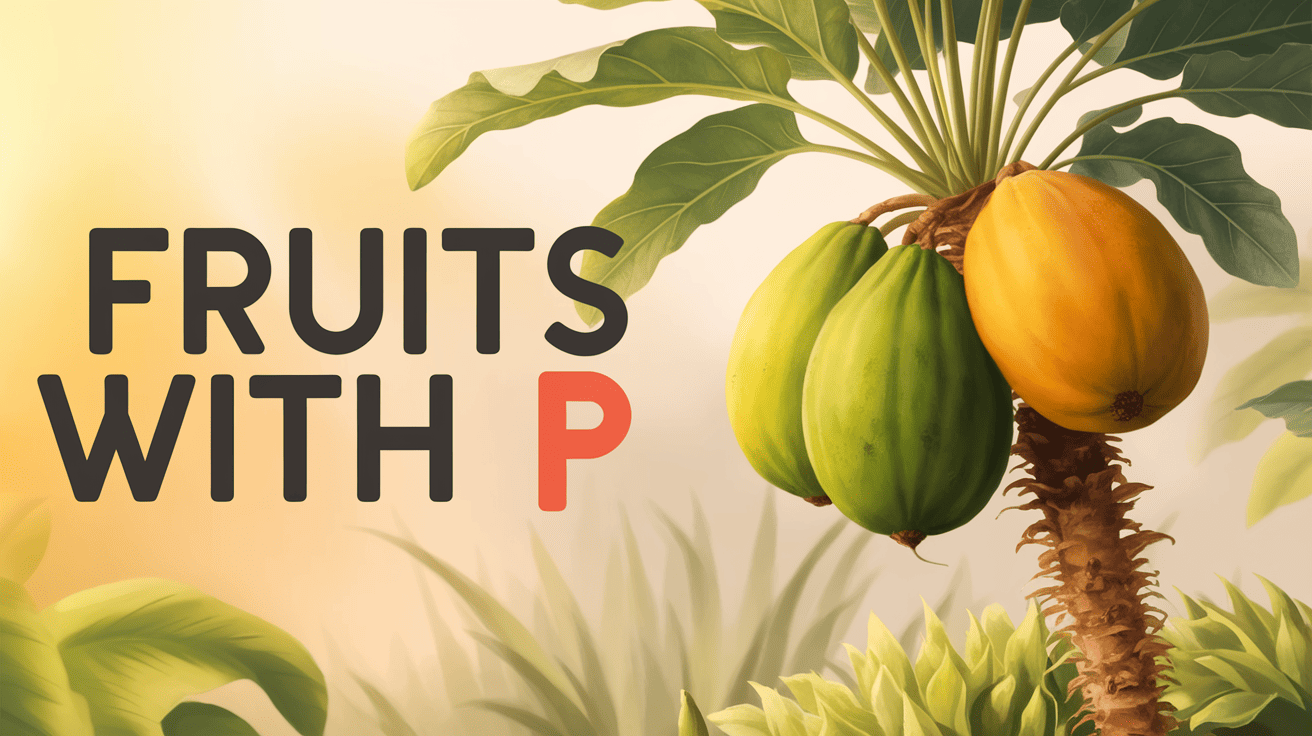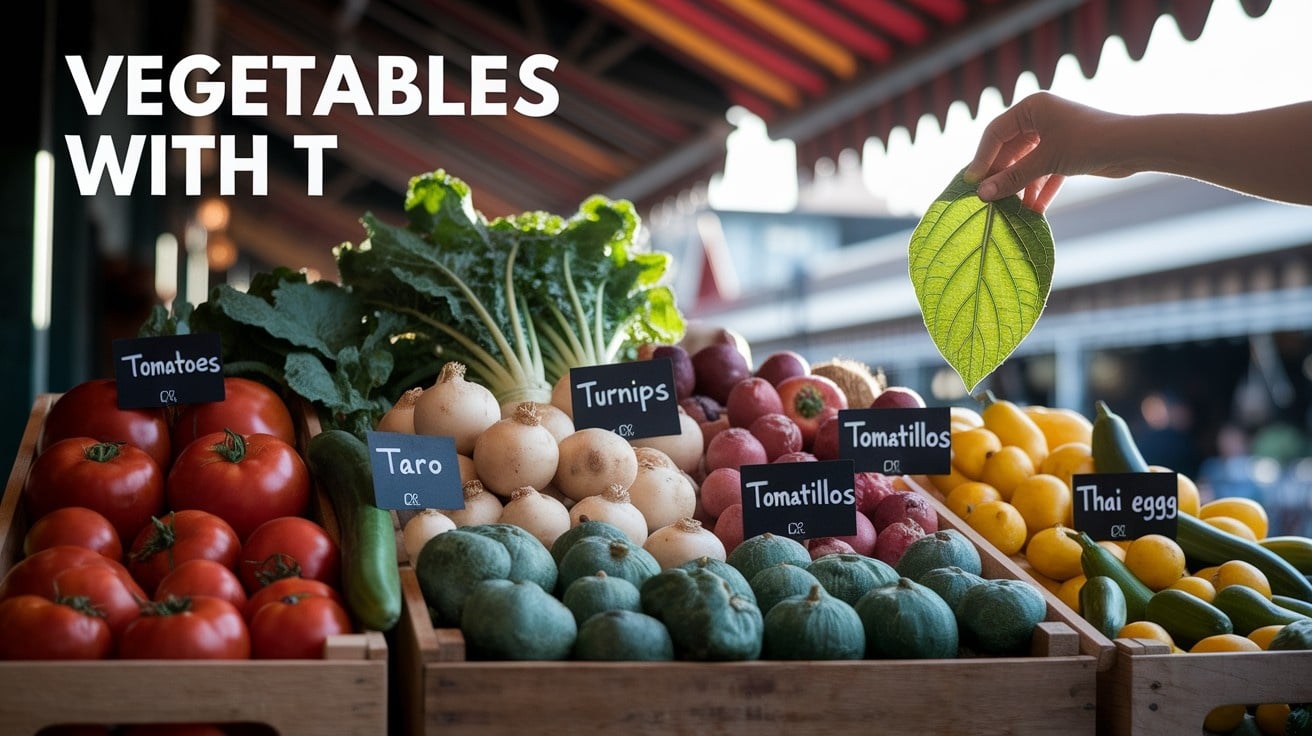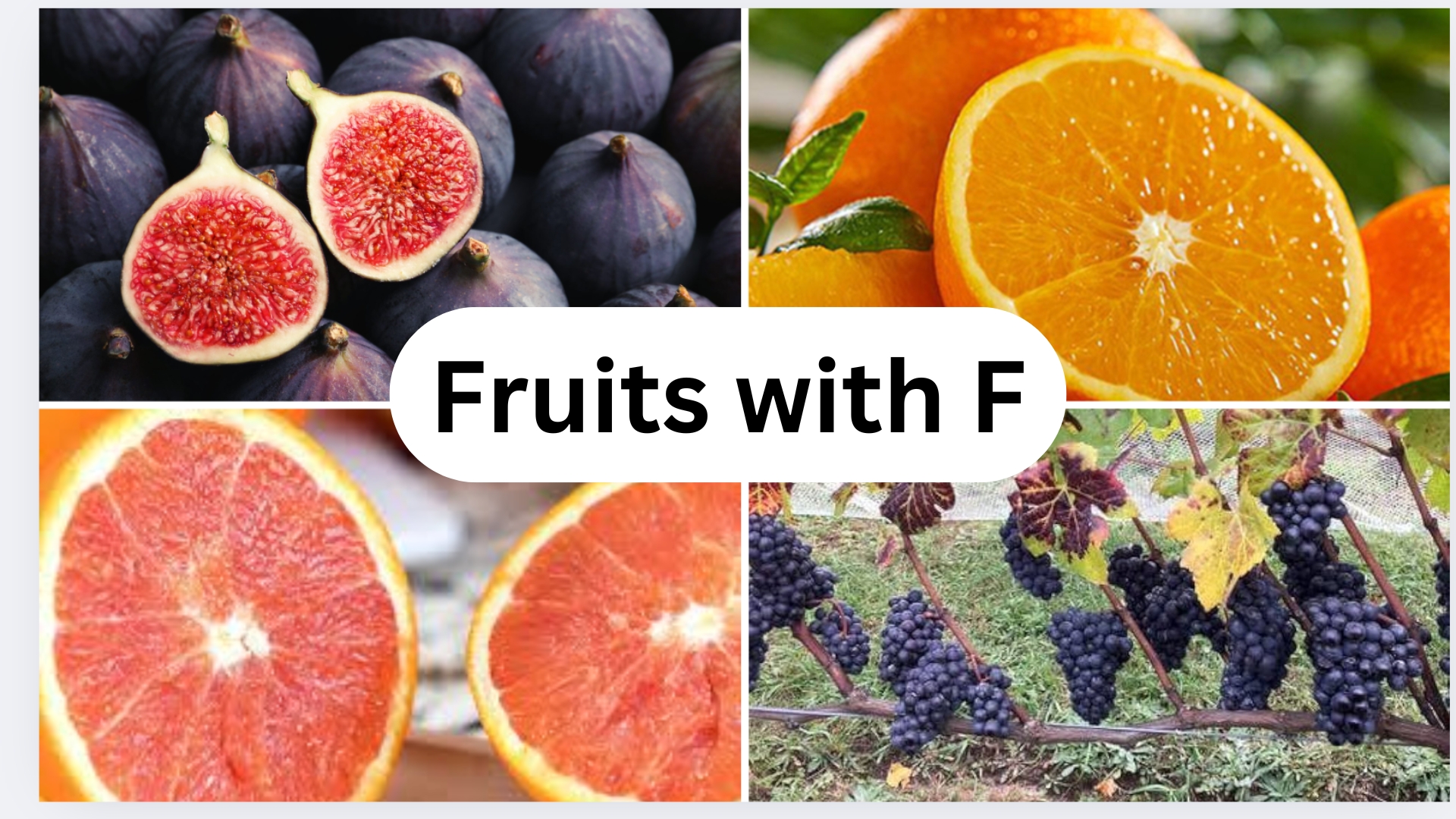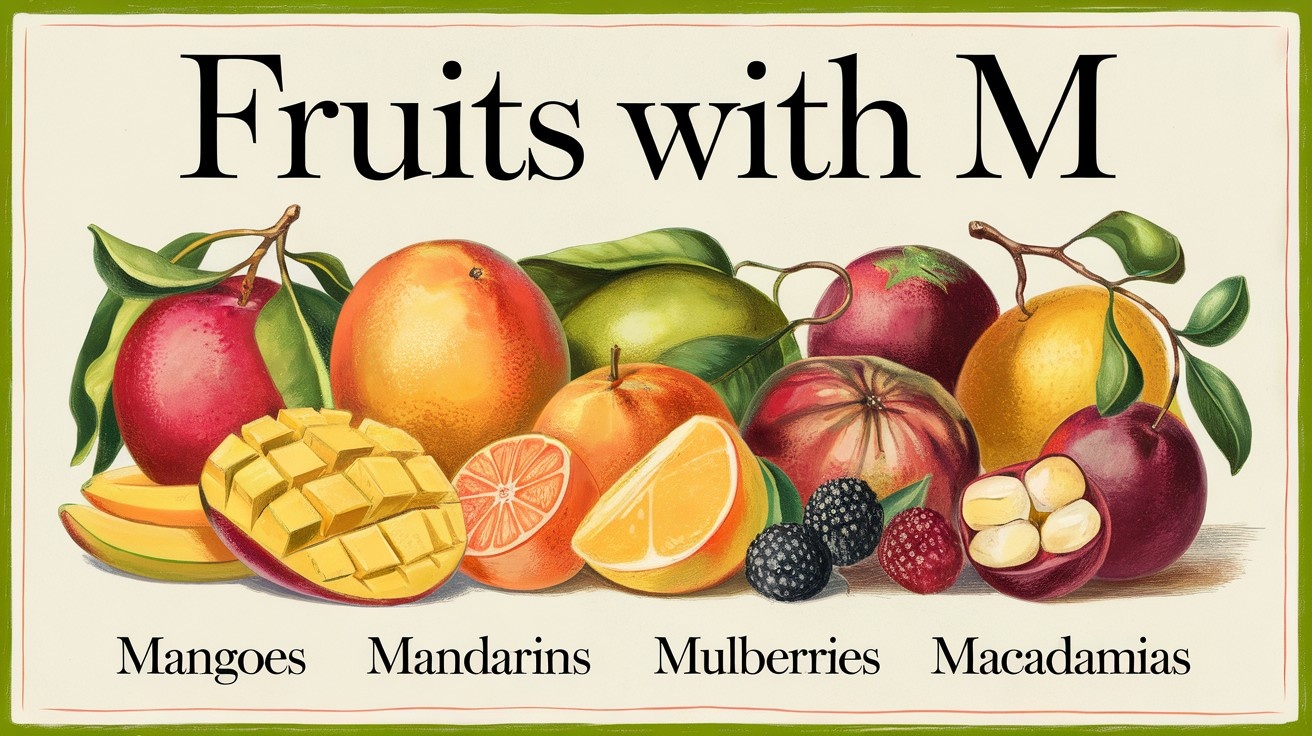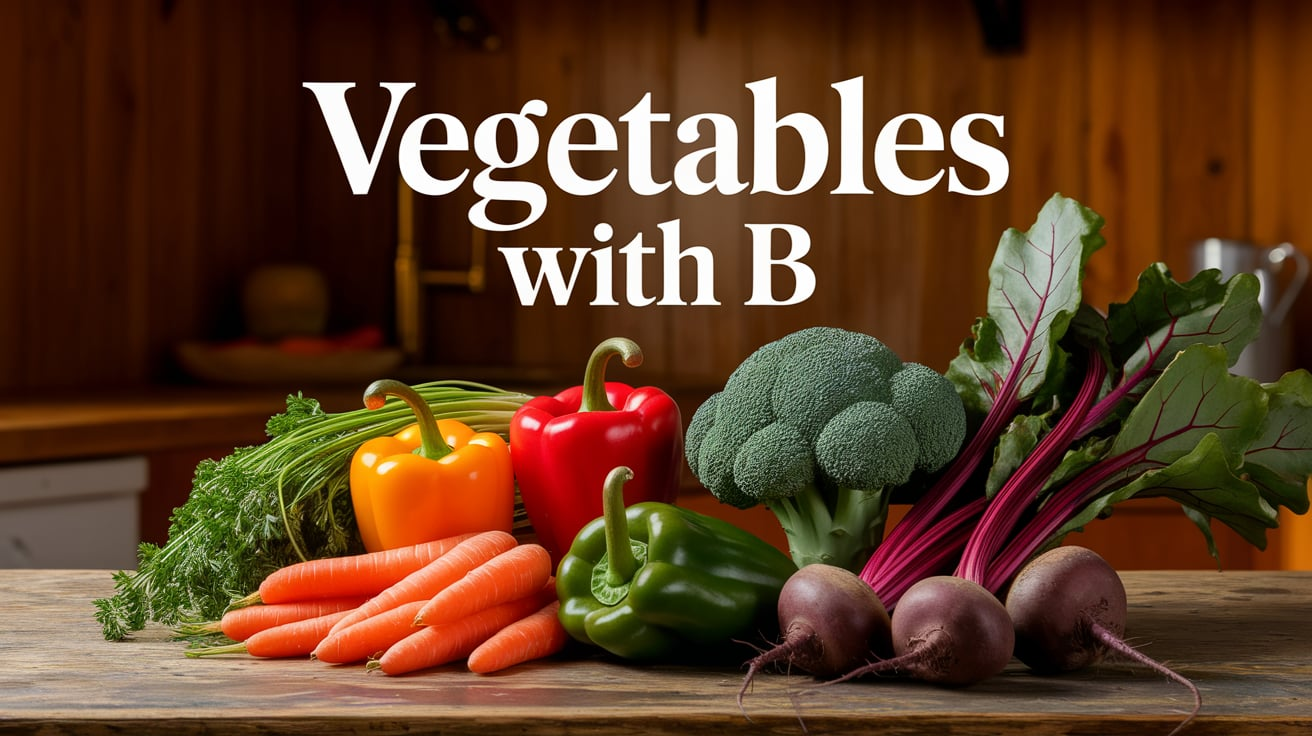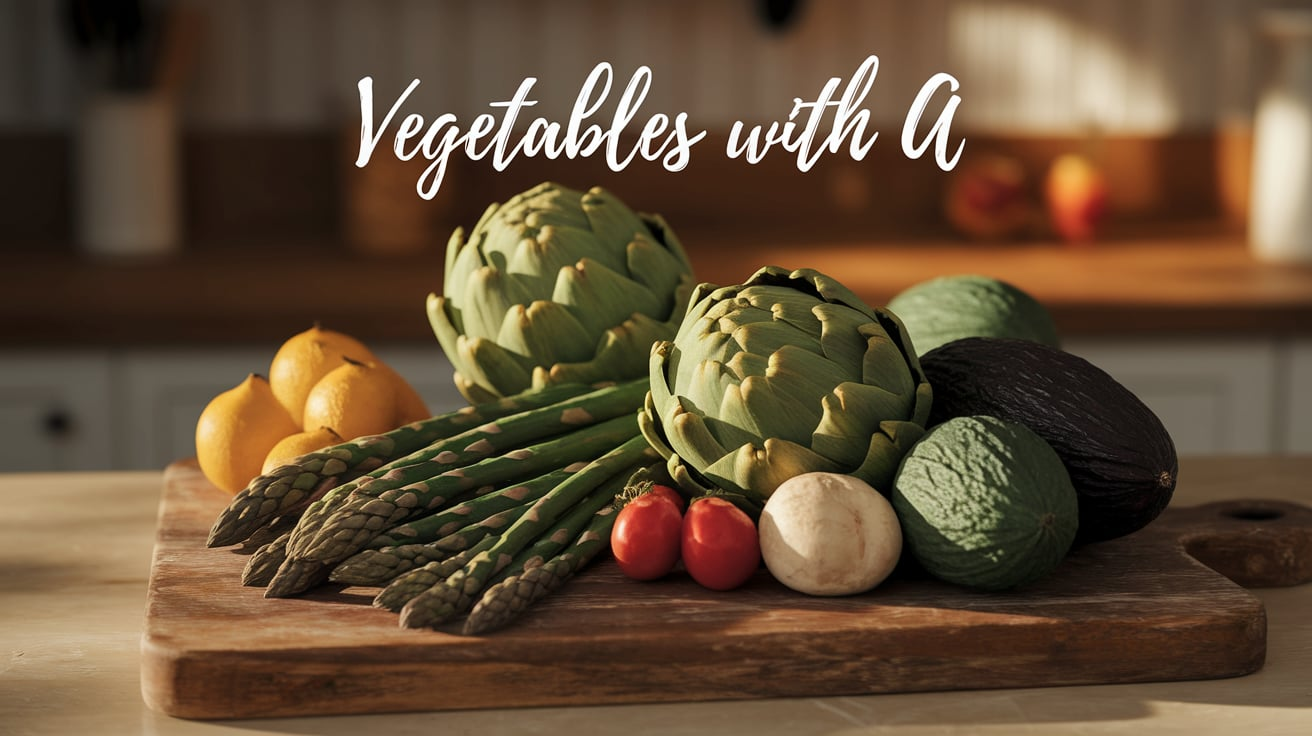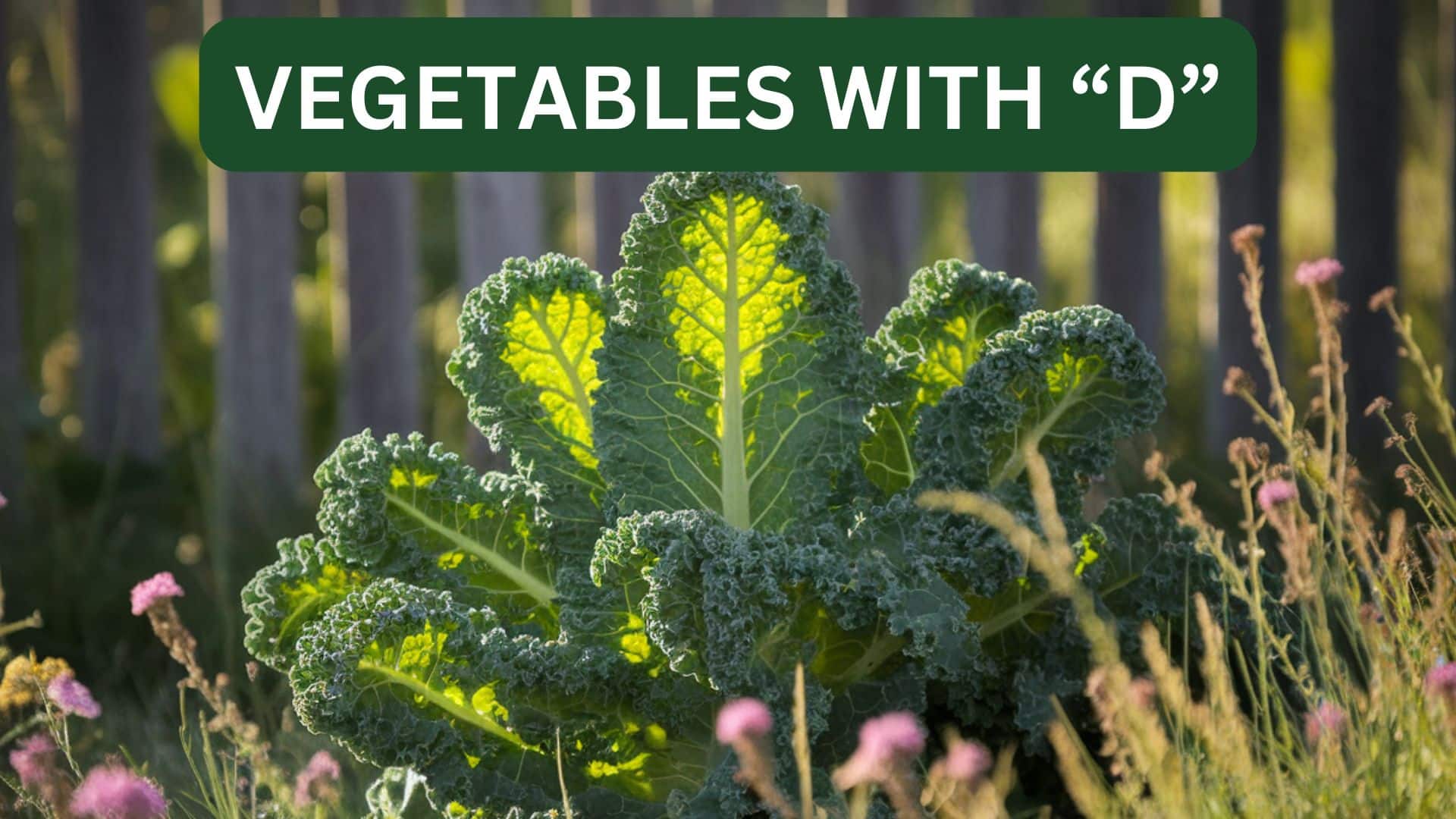
Hey there, veggie scouts! Have you ever wondered what tasty treasures await you in the “D” section of the vegetable kingdom?
From the hardy daikon radish to the leafy dandelion greens, these “D” vegetables deserve a spot on your plate!
Did you know that dark, leafy dinosaur kale is packed with nutrients that can power you through your day? Or that sweet, orange Dutch carrots make the perfect snack when you’re on the go?
If you’re looking to try something new in the kitchen or just curious about expanding your veggie vocabulary, “D” vegetables offer exciting flavors and amazing health benefits.
Ready to dig in? Let’s investigate these delightful “D” vegetables together and find your new favorite! Which “D” vegetable have you tried before?
Vegetables with D for Your Healthiest Meals

1. Daikon
Origin: Native to East Asia, particularly Japan, China, and Korea.
Nutritional Benefit: Low in calories and high in fiber, vitamin C, and potassium, supporting digestion and immune health.
Culinary pairings: It pairs well with pickles, salads, stir-fries, and soups, and it is often used in Japanese dishes.
2. Dandelion greens
Origin: Native to Europe and Asia, now widely found across North America.
Nutritional Benefit: Rich in vitamins A, C, and K, iron, and calcium, promoting bone health and immune function.
Culinary pairings: Often paired with leafy greens in salads, soups, or sautéed with garlic.
3. Delicata squash
Origin: Native to North America.
Nutritional Benefit: High in fiber, vitamins A and C, and antioxidants, supporting digestive and immune health.
Culinary pairings: Pairs well with roasted meats, quinoa, or in soups and can be stuffed with grains.
4. Dill
Origin: Native to the Mediterranean region.
Nutritional Benefit: Rich in vitamin C and antioxidants, providing anti-inflammatory properties and digestive support.
Culinary pairings: Commonly used in pickles, potato salads, and seafood dishes.
5. Dragon tongue beans
Origin: Native to Central and South America.
Nutritional Benefit: High in protein, fiber, and vitamins, beneficial for digestive and heart health.
Culinary pairings: Pairs well with tomatoes and garlic and in stews or stir-fries.
6. Dutches
Origin: Native to Europe.
Nutritional Benefit: Rich in vitamins A, C, and B-complex vitamins, supporting skin health and energy production.
Culinary pairings: Often used in soups, stews, and as a side dish with meats.
7. Dandelion root
Origin: Native to Europe, now widely grown across North America.
Nutritional Benefit: Rich in antioxidants and fiber, supporting liver function and digestion.
Culinary pairings: Can be roasted and used in teas, soups, or as a coffee substitute.
8. Daikon radish
Origin: Native to East Asia, particularly Japan.
Nutritional Benefit: It is low in calories, high in fiber, and high in vitamin C, which aids in digestion and immune health.
Culinary pairings: It pairs well with sushi, salads, and pickles and can be used in soups and stir-fries.
9. Double-yield cucumber
Origin: A variety of cucumbers native to the United States.
Nutritional Benefit: High in water content, low in calories, and a good source of vitamins A and C, promoting hydration and skin health.
Culinary pairings: Pairs well with yogurt, salads, and sandwiches.
10. Danish round cabbage
Origin: Native to Denmark.
Nutritional Benefit: Rich in vitamins C and K, fiber, and antioxidants, supporting immune health and digestion.
Culinary pairings: Often used in coleslaw, soups, or as a side dish with roasted meats.
11. Dark leafy kale
Origin: Native to the Mediterranean region.
Nutritional Benefit: Packed with vitamins A, C, and K, calcium, and iron, benefiting bone health and digestion.
Culinary pairings: Pairs well with soups, salads, smoothies, and as a sautéed side dish.
12. Desert king melon
Origin: Native to the southwestern United States.
Nutritional Benefit: High in vitamin C and potassium, promoting hydration and heart health.
Culinary pairings: Pairs well with other fruits in salads or eaten as a refreshing snack.
13. Dark red kidney beans
Origin: Native to Central and South America.
Nutritional Benefit: High in protein, fiber, and iron, supporting heart health and digestion.
Culinary pairings: Pairs well with chili, rice, and in salads or stews.
14. Dewberry
Origin: Native to Europe and North America.
Nutritional Benefit: Rich in antioxidants, vitamins C and K, supporting immune health and skin regeneration.
Culinary pairings: Used in pies, jams, or eaten fresh in desserts and salads.
15. Danish butterhead lettuce
Origin: Native to Denmark.
Nutritional Benefit: Low in calories and high in vitamins A and K, providing hydration and supporting bone health.
Culinary pairings: Pairs well with fresh salads, sandwiches, and wraps.
16. Dwarf zucchini
Origin: Native to Central America and now grown in temperate climates worldwide.
Nutritional Benefit: Low in calories and high in vitamins C and A, supporting immune health and vision.
Culinary pairings: Pairs well with pasta, in stir-fries, or grilled as a side dish.
17. Dubois lettuce
Origin: Developed in Europe.
Nutritional Benefit: High in vitamins A and K and a good source of fiber, supporting skin health and digestion.
Culinary pairings: Commonly used in salads and sandwiches.
18. Dandelion root tea (used as a vegetable)
Origin: Native to Europe, now widely grown in North America.
Nutritional Benefit: Rich in antioxidants and fiber, supporting liver function and digestion.
Culinary pairings: Often consumed as a hot beverage or in herbal blends.
19. Dill weed
Origin: Native to the Mediterranean region.
Nutritional Benefit: Contains vitamin C and antioxidants, beneficial for digestive health and reducing inflammation.
Culinary pairings: Often used in pickles, potato dishes, fish, and salads.
20. Dragon fruit (used in savory dishes)
Origin: Native to Central and South America.
Nutritional Benefit: High in vitamin C and antioxidants, promoting immune function and skin health.
Culinary pairings: Pairs well with fresh salads, in smoothies, or as a garnish in savory dishes.
21. Dwarf beans
Origin: Native to Central and South America.
Nutritional Benefit: High in protein and fiber, helping improve digestive health and provide sustained energy.
Culinary pairings: It pairs well with salads, stews, and stir-fries and can be enjoyed as a side dish.
22. Di Ciccio broccoli
Origin: Native to Italy, commonly grown in Mediterranean climates.
Nutritional Benefit: Rich in vitamin C, fiber, and antioxidants, supporting immune health and digestion.
Culinary pairings: It pairs well with pasta and soups and can be steamed or roasted as a side dish.
23. Dry beans
Origin: Found globally, especially in Asia, Africa, and the Americas.
Nutritional Benefit: Excellent source of protein, fiber, and essential minerals like iron, supporting heart health and digestive function.
Culinary pairings: They can be used in soups, stews, salads, and curries or ground into flour for various dishes.
24. Daubenton kale
Origin: Native to the Mediterranean region, now grown in various temperate climates.
Nutritional Benefit: High in vitamins A, C, and K, calcium, and iron, supporting immune and bone health.
Culinary pairings: Pairs well with soups and stews and can be sautéed or added to smoothies.
25. Dwarf green bean
Origin: Native to Central America, commonly cultivated in temperate regions worldwide.
Nutritional Benefit: High in protein and fiber, beneficial for digestive health and overall well-being.
Culinary pairings: Pairs well with fresh salads, stir-fries, or sautéed with garlic.
26. Dead nettle (used in cooking)
Origin: Native to Europe and parts of Asia, often found in temperate regions.
Nutritional Benefit: Rich in vitamins and minerals, often used for its medicinal properties.
Culinary pairings: Used in soups, teas, or as an herb in savory dishes.
27. Dwarf kale
Origin: Grown worldwide, particularly in temperate climates.
Nutritional Benefit: High in vitamins A, C, and K, fiber, and antioxidants, supporting immune and digestive health.
Culinary pairings: Great for salads, smoothies, or sautéed as a side dish.
28. Dwarf red cabbage
Origin: Grown in temperate climates worldwide, particularly in Europe.
Nutritional Benefit: Packed with vitamins C and K, fiber, and antioxidants, supporting digestive health and reducing inflammation.
Culinary pairings: Great in salads, coleslaws, or sautéed with meats or roasted vegetables.
29. Denver carrot
Origin: Native to North America, particularly in Colorado.
Nutritional Benefit: High in vitamin A, potassium, and fiber, supporting eye health, heart function, and digestion.
Culinary pairings: It pairs well with salads, soups, and roasted dishes or can be served as a snack with dips.
30. Dwarf lettuce
Origin: Developed in Europe and grown in temperate climates.
Nutritional Benefit: Low in calories, high in vitamins A and K, supporting skin health and bone health.
Culinary pairings: Perfect for fresh salads, sandwiches, and wraps.
31. Duckweed (used in some Asian dishes)
Origin: Found in freshwater environments worldwide, especially in tropical and temperate regions.
Nutritional Benefit: High in protein, fiber, and vitamins, often used in various Asian cuisines as a nutritious addition.
Culinary pairings: Used in soups, salads, and as a garnish in Asian dishes.
32. Dandelion flowers (used in salads)
Origin: Native to Europe and Asia, now widely found across North America.
Nutritional Benefit: Rich in vitamins A and C, iron, and antioxidants, promoting immune function and liver health.
Culinary pairings: Used in fresh salads, sautéed, or in herbal teas.
33. Dulse (sea vegetable)
Origin: Found in the North Atlantic, particularly in coastal regions of Europe and North America.
Nutritional Benefit: High in iodine, vitamins, and antioxidants, supporting thyroid health and immunity.
Culinary pairings: It pairs well with soups, salads, or as a snack. It is often used in seaweed salads or as a seasoning.
34. Dandelion stems
Origin: Native to Europe, now widely found across North America.
Nutritional Benefit: High in fiber and nutrients, supporting digestion and helping detoxify the body.
Culinary pairings: Often used in salads, stir-fries, or brewed in teas.
35. Drumstick tree /Moringa/Drumstick
Origin: Native to India, widely grown in tropical and subtropical areas.
Nutritional Benefit: Rich in vitamins A, C, and K, calcium, and protein, supporting immune health and bone strength.
Culinary pairings: Used in curries, soups, or as a leafy green in smoothies.
36. Dwarf pumpkin
Origin: Native to North and Central America.
Nutritional Benefit: High in vitamins A and C, fiber, and antioxidants, promoting eye health and immune support.
Culinary pairings: Pairs well with roasted dishes, soups, or used in pies and desserts.
37. Dried corn (used as a vegetable in some dishes)
Origin: Native to the Americas, particularly in Central and South America.
Nutritional Benefit: A good source of fiber, B vitamins, and antioxidants, supporting heart health and digestion.
Culinary pairings: Often used in stews, soups, or ground into flour for tortillas.
Final Words
Wow! Who knew “D” vegetables could be so diverse and delicious? From the crunchy bite of daikon radish to the earthy goodness of dinosaur kale, these veggies are total game-changers for your meals!
Have you tried adding diced daikon to your next stir-fry? Or tossing some dandelion greens into your smoothie for an extra health boost? The possibilities are infinite!
These “D” superstars aren’t just tasty – they’re packed with vitamins and minerals that help keep your body strong and healthy. Plus, they’re super versatile in the kitchen!
Next time you’re shopping, why not grab a “D” vegetable you’ve never tried before? Your taste buds will thank you for the experience!
What “D” vegetable will you add to your shopping list this week? The delicious decision is yours! Mention your favorite “D” veggies in the comments below! Grab your “D” veggies today and transform your meals forever!






